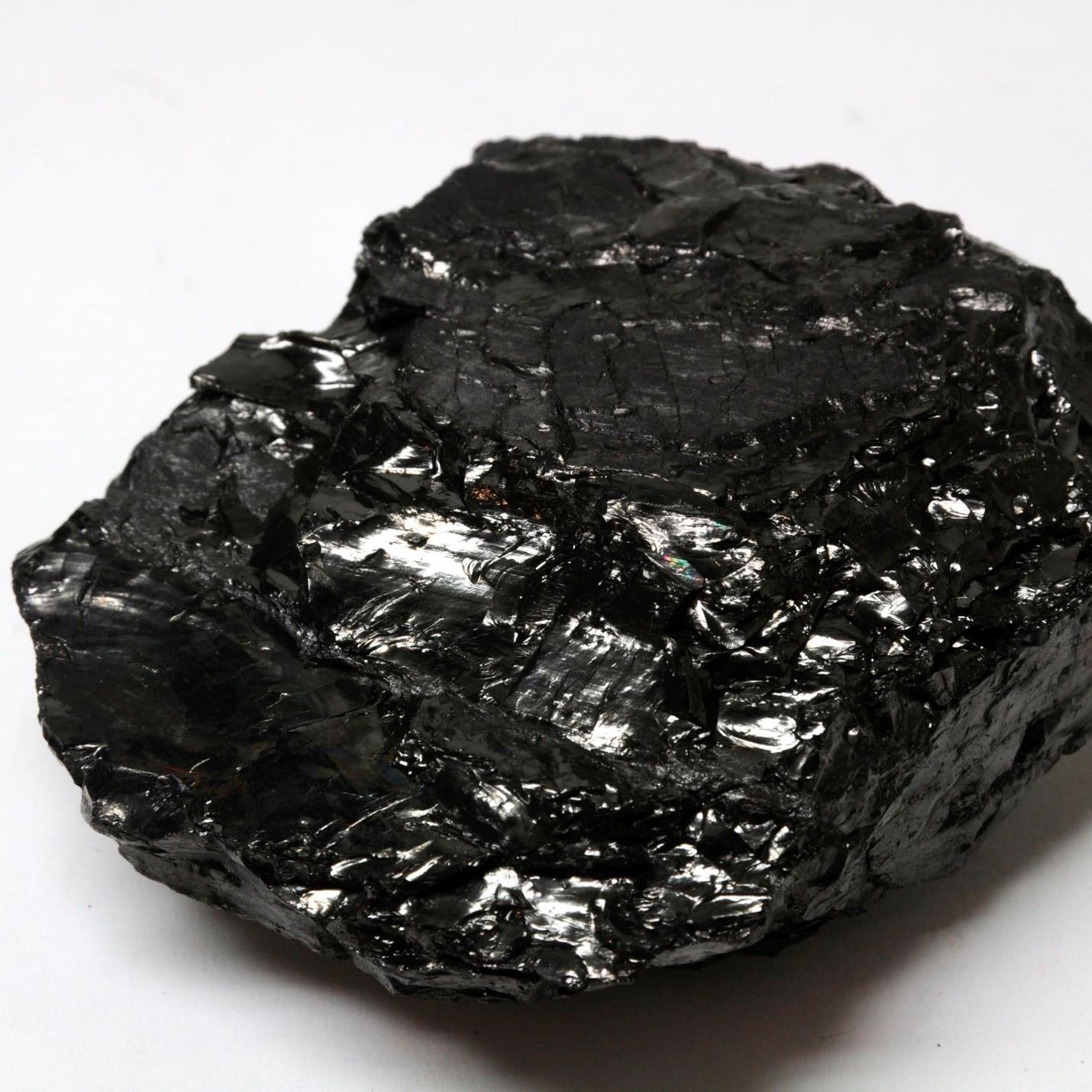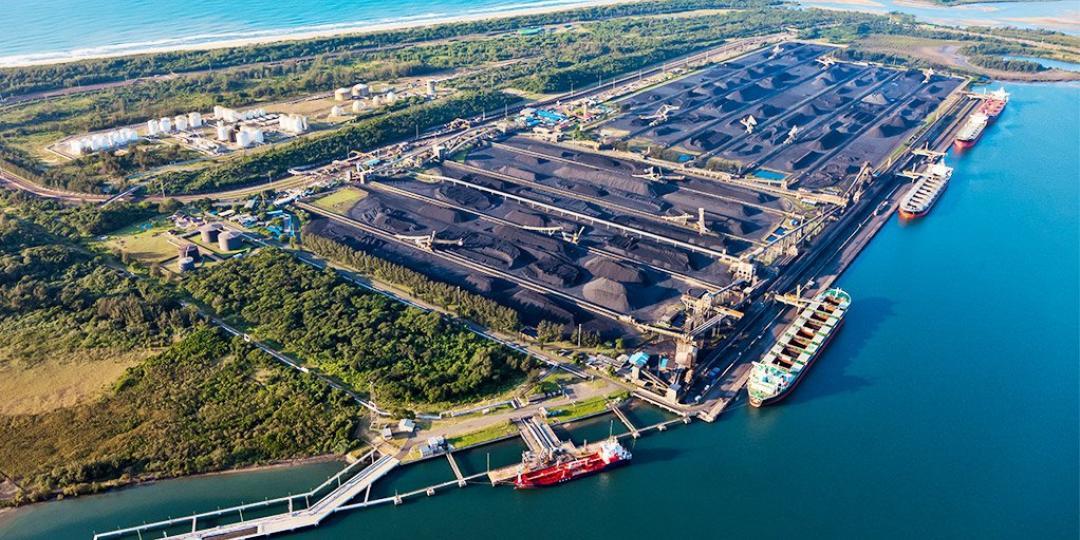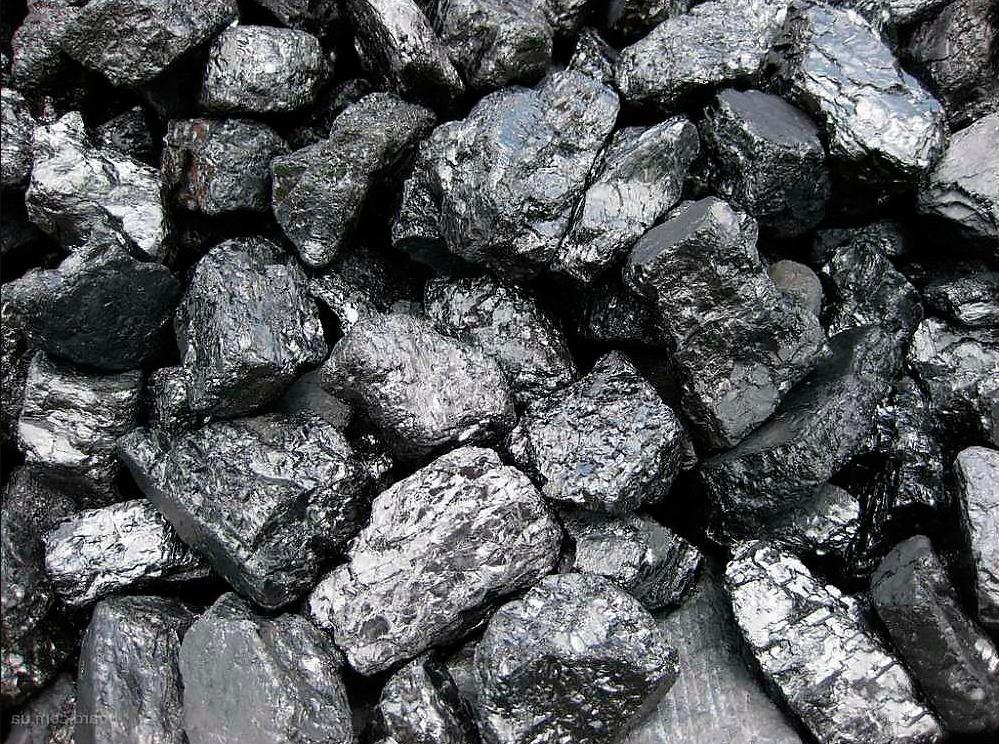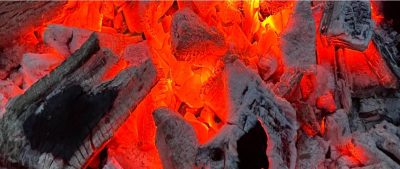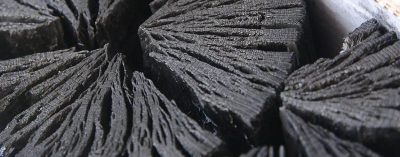Anthracite from South Africa.
The global anthracite market size in 2022 was $119.04 billion. The Russian-Ukrainian war has undermined the chances of the global economy recovering from the Covid-19 pandemic and at a compound annual growth rate (CAGR) of -0.9%, the anthracite market size is expected to fall to $117.98 billion in 2023.
As a high-grade coal with high carbon content, anthracite is suitable for various industrial applications ranging from power generation to iron and non-ferrous metallurgy applications, and for the production of adsorbents, electrodes, electrocorundum, and microphone powder.
In countries such as China and India, anthracite is fed directly into the blast furnace. Anthracite reduces the use of coke, being the best and cleanest alternative, hence global coke shortage and its high price will increase the demand for ultra-low bituminous coal in the future.
Utilization of anthracite due to higher carbon and energy content increases the productivity of steel mills, which has significantly increased the market for extraction of this raw material.
According to the World Steel Association, about 89% of the energy consumed by blast furnaces and oxygen converter furnaces is from anthracite, 7% from electricity, 3% from natural gas, and 1% from other gases and sources. In the case of the electric arc furnace, the energy input from anthracite is 11%, from electricity 50%, from natural gas 38%, and from other sources 1%.
The largest consumers of anthracite today are China, India, Indonesia, Japan South Korea, France, Belgium, Bulgaria, Brazil, and Spain.
Coal demand in the European Union increased by 0.9% to 448 million tons in 2022, driven by power generation, offsetting a decline in non-energy use. Coal-fired power generation growth was fueled by high gas prices and a drive to reduce gas use amid declining Russian gas flows, low hydro generation, and temporary outages of the French nuclear fleet. It was the second consecutive year of growth, but as expected, the upturn was short-lived, and a sharp decline is forecast in the coming years due to weak electricity demand and the expansion of renewables.
European Union coal demand fell by around 16% in the first half of 2023 and is expected to fall by around 17% for the full year, to around 372 million tons.
As for anthracite coal – many European countries have found an alternative to anthracite from Russia, a major anthracite producer, in the form of South African coal producers. South Africa, which produces about three million tons of anthracite per year, exports 60% from the ports of Richards Bay and Durban, with the remaining 40% of the raw material used for domestic use.
South Africa exported R215.5bn worth of coal in 2022 and employs 91,000 people in the coal mining industry. The South African region was considered the world’s largest anthracite mining market in 2022.
This 35-page report provides information on South African anthracite deposits and reserves, producers and coal terminals, price index, and export volumes.
